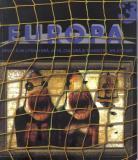
Keywords: poetry; philosophy; modernism of shapes
Like most creators, Lucian Blaga was isolated, left at the mercy of the regime. Having convicted himself on painful silence, he consciously contributed to his own isolation building, in such a way, a sort of a barrier between his work and the readers. Despite all that, the name of Lucian Blaga relates to the biggest successes of the Romanian spirituality in general, to which upraise he constantly contributed. S. Puscariu points out the essential qualities of Blaga’s verses and identifies a few themes and characteristics which will dominate the literary critic of Lucian Blaga’s opus: the relationship between poetry and philosophy, imagination and modern verse. Nicolae Iorga also draw attention to the nature of Blaga’s poems which are not time bound, and which transedent the political scene of that time, stressing the musicality of the verses: “this form allows the poet to convey the most delicate strings of thought and the most subtle feelings. We have before us a young man who wants to put the secrets of the world within the readers reach.”
More...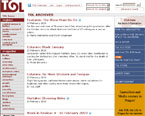
Keywords: Romanian government; OTE; Romtelecom; Prime Minister Adrian Nastase; Privatization; telecommunications market
The Romanian government has signed off on a controversial $243 million deal with OTE, the Greek telecom giant.
More...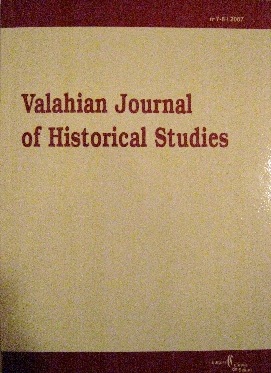
Keywords: development; underdevelopment; industrialization; Socialism; economic nationalism; protectionism
The Communist regime embarked itself into a vast program of industrialization and development which reflects the principles of economic nationalism, as explained by Helga Schultz. The pursuit of economic and industrial development had been a constant political feature in Romania, after the foundation of the modern nation-state. Taking advantage of the authoritarian instruments available to it, the Communist regime continued this policy of state-led development. In its relations with other Socialist countries, Romania was guided by this project, as much as the political circumstances of the Soviet domination allowed it.
More...Keywords: ethnic minority; ethnic assimilation; Timok Valley; Romanians in Bulgaria; ethnographic research; Romanian Ethnographic Atlas
The ethnographical research which starts from the field document and goes back to finding reasons and analogies to explain the phenomenon, firstly has to make use of the historical analysis. In the absence of the historical document, the attestation of a phenomenon in a certain moment, the presence in a certain space of a population, of some traditions or customs could not be explained. If you look at an ethnographical map of Balkan area, drawn based on today statistical data, to your amazement, as that of the foreign travelers and researchers from the XIX century, you would discover in your field researches, a different reality. We show you in this paper the situation of the Romanians from close neighborhood, the Northern of Bulgaria.
More...Keywords: riverside coppice; grove; toponym
In this article we draw the linguistic and extralinguistic monograph of two terms belonging to the Romanian forest terminology: ZĂVOI (“riverside coppice”) and DUMBRAVĂ (“grove”). We start from the lexicographic definitions and etymology, we follow the territorial spread, we comment on the forms and variants of the two terms as seen on the maps of the Regional Linguistic Atlas of Romania. We analyze their “echoes” in the toponymy, hydronymy and anthroponymy, also illustrating their expressive values.
More...Keywords: stability; risk; performance; cooperative banks; transparent policies.
In a market economy, tradition, stability and performance of cooperative banks, namely science and art of leadership, management, organization and their administration become major facets in promoting and improving cooperative banks, at the microeconomic level, to which we provide a coherent set of concepts, principles, methods and management techniques, their knowledge contributing to the viability and practical implementation, modernization and development of cooperative banks to increase their profitability and competitiveness in heightened risk conditions on local, national and even global markets. In the context of major changes in Romanian society, the action of the forces inside the contemporary market triggers a specific attitude that is characterized by the competition for resources and customers, competition in which performance plays a critical role
More...Keywords: Onomastique; histoire; dénomination; individualisation; système
L’article retrace l’évolution générale du système onomastique roumain à travers des siècles, enregistrant quelques particularités spécifiques de la dénomination, l’emploi des formes, la distribution des variantes, etc. On observe la correspondance entre l’évolution des noms propres et celle des éléments du vocabulaire général.
More...
Keywords: a journalist; a historian; complexity of the character; scientific papers and memories; national and international personalities
The symposium was devoted to Cristian Popişteanu, a journalist and a historian, being paid tribute to those who knew him and worked with him. The views expressed by the word were under the sign of «round table» moderated by Cristian Paunescu. The speakers emphasized the complexity of the character of Cristian Popişteanu which he left many scientific papers and memories. Reverential volume written by the Cultural Foundation Magazin Istoric has published more than 100 memories, dedications and signatures of national and international personalities
More...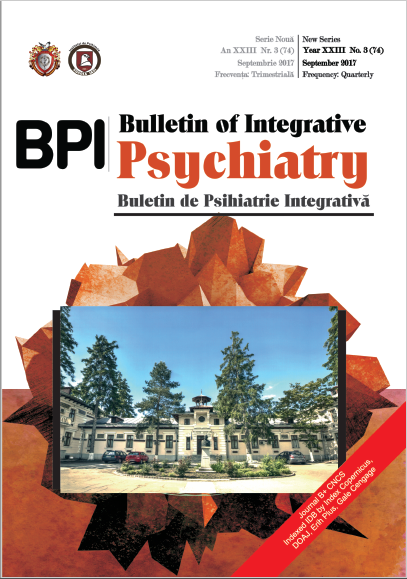
Constantin Romanescu was born on the 18th of May 1926 in Soroca. He graduated the Grigore Ghica Theoretical High School in Dorohoi (1952-1956) and the University of Medicine of Iasi (1947-1952), majoring in pediatrics. He was a pediatrician between 1952 and 1956, and then, in 1956, he became a psychiatrist and professor at the University of Medicine Iasi. He specialized in France, Italy, England, and fellow of the WHO and gained the title of an Emerit Member of the Medicine Academy of Romania.
More...Keywords: social responsibility; civil liability; insurance; civil liability insurance for motor vehicles; ASF;
(Civil) liability insurance covers damages caused by policyholders (natural or legal entities) to third parties, damages that appear in certain situations and for which the policyholder responsible for their occurrence is held liable by law. In time, economic and social importance of civil liability insurance has been recognized, and it has recorded a continued progress, especially in this last period. Civil liability insurance has diversified adapting to changes of the socioeconomic and professional environment, which it is meant to support. Diversification and amplification are revealed through the involvement of the State in this field, as a series of insurance of this type became mandatory by law (civil liability insurance for motor vehicles). In this context, our work is designed as an interdisciplinary analysis of the role of insurance and related (legal) liability in strengthening social responsibility, in support of ensuring functionality of contemporary societies.
More...Keywords: marriage; wedding; canon law; impediments; religious identity
Objectives: The present study aims at radiographing the marital phenomenon, being at the confluence of two areas with distinct social and moral implications. Prior Work: Marriage is a family law institution, the regulation of which was not indifferent to the Romanian legislator who proposed to adopt and renovate the legal norms in the matter. With most often imperative provisions, the new civil law provides for the background and form conditions of marriage. From a different perspective, the canon law puts the legal provisions on a second place and imparts to this union of two persons a sacredness that goes beyond the legal domain. Approach: After studying the regulation of the family law institutions, we will highlight the non-involvement of the religious factor in the juridical side, and the contradictions between family law and canon law, concerning only the moral dimension of the family, more formally supported by the civil law and the procedure for regulating marriage, the imposed conditions and impediments. Thus in the family law the legislator does not give priority to personal experiences, to the mutual love of spouses as the first condition of their union in marriage. Value: In order to accomplish this we shall also present a personal perspective regarding the two essential conditions for the concluding of the religious wedding, as they are not valid from a juridical point of view.
More...Keywords: Crisis; economy; growth; budget; taxation;
The re-launching of the Romanian economy in the context of the world economic crisis can be implemented by using a set of principles and economic measures that will lead to a strict monetary policy, a fiscal and budgetary discipline as well as a reduction of the inflation. This paper presents a series of reforms that Romania needs in the present context, to start the process of re-launching the economy that is currently in a significant descending trend. It is necessary that all the economic and political actors participate actively in progressively meeting the competitive conditions of the Comunitary economies. Corrective, stimulating and functional measures need to be undertaken to permit the applicability towards all the actors that define the structure of the economic environment. The application and enforcement of the needed anti-crisis measures will determine a stop of the decline and the creation of the premises to economical re-launching.
More...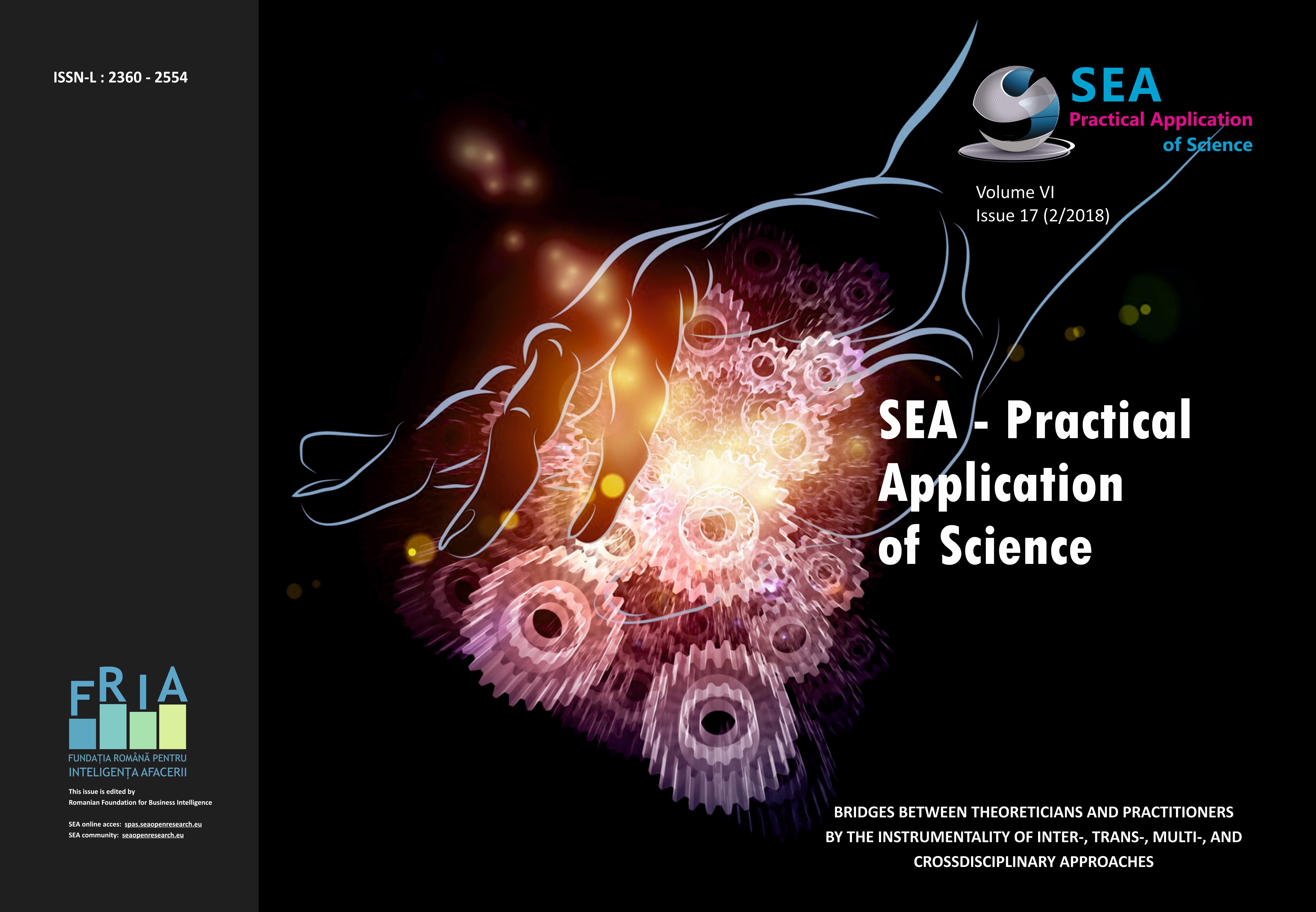
Keywords: Sports marketing; Sports brands; Sports sector;
Due to the special attention it receives in society, sport has ceased to be a preoccupation like any other and started having a separate place in people's minds. As a consequence, sport marketing is also a hub of interest for both researchers and practitioners. Marketing in sport is one of the highly researched themes in the literature, noting the existence of a wide range of scientific journals devoted to this subject. The question that still raises debates is whether marketing of sport should be a distinct case of marketing or marketing remains the same irrespective of the product to which it is applied, whether it is sports, the sale of consumables, insurance, medicine, agro-food industry and others . It is less important which approach prevails, since it is essential for marketing to add value to the brand of the sports organization that practices it. A lot of people and organizations represent a part of the sport world, entering reciprocal relationships, from which value is produced, being offered to the market in the form of different products: matches, meetings, struggles, athletes (products of clubs where they are legitimate, as well as their instructors and the rest of the staff), palpable goods bearing their favorite club or athlete logo, such as balls, shirts or any other type of sports equipment, sports television shows, newspapers and specialised magazines, online platforms, music, movies and more.
More...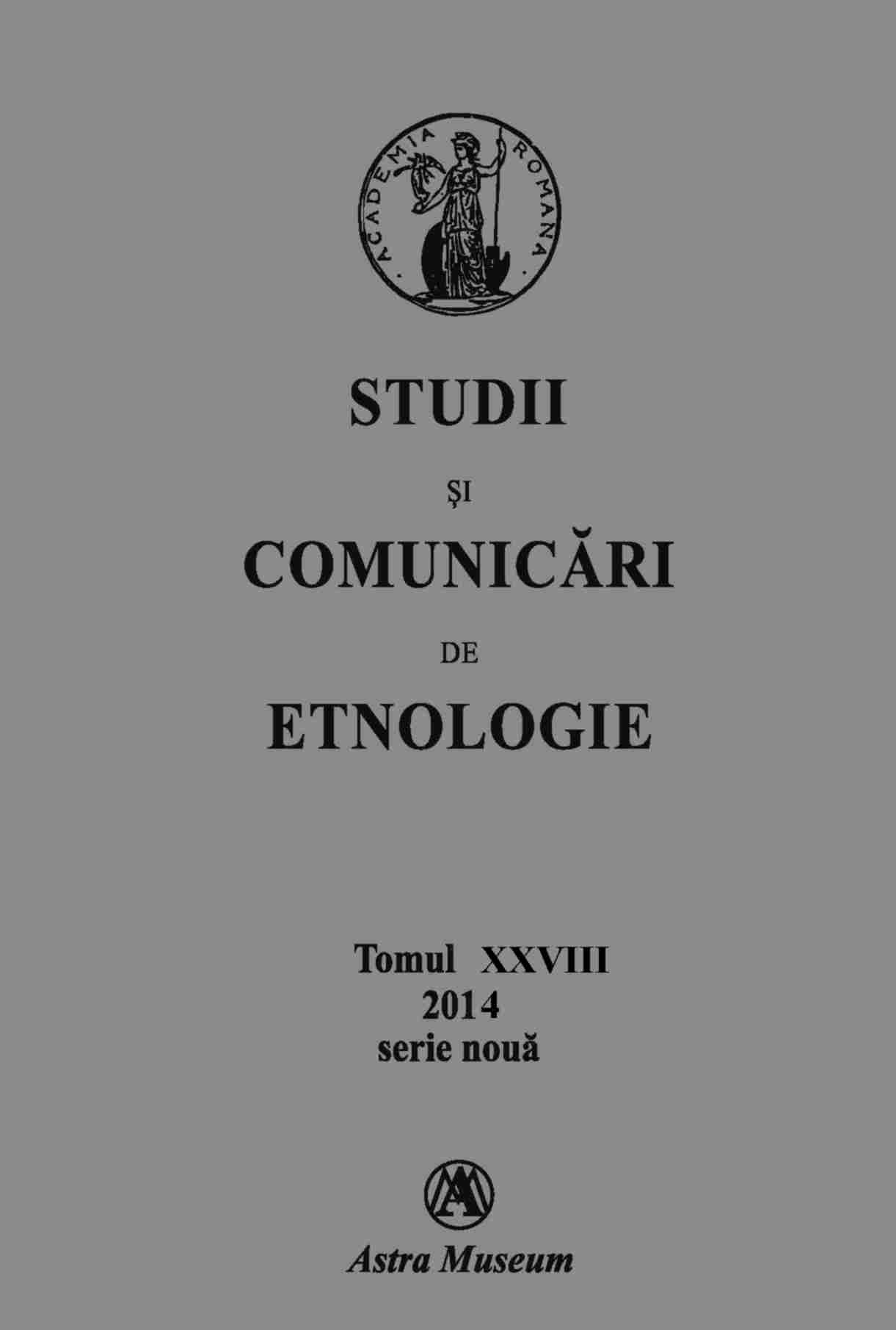
Keywords: the Romanian Ethnographic Atlas; maps; photographs; system of representation;
The fifth volume of A. E. R. (=„Atlasul Etnografic Român”, „The Romanian Ethnographic Atlas”) puts an end to the work of three generation of ethnographers, from the late Romulus Vuia, Romulus Vulcănescu, Paul Petrescu, Ion Vlăduţiu to the youngest researchers of the Institute of Ethnography and Folklore „Constantin Brăiloiu” of the Romanian Academy (e. g. dr. Emil Ţârcomnicu, dr. Lucian Aurelian David, dr. Ionuţ Semuc, Cătălin Alexa, drd. Laura Ioana Negulescu, dr. Adelina Dogaru, Cristina Mihală Douglas) who, alongside their older colleagues (e.g. Alina Ioana Ciobănel, Cornelia Belcin Pleşca, Paul Drogeanu, Ofelia Văduva et al.), directed by dr. Ion Ghinoiu, finished one of the most important work instruments of the Romanian ethnology – the Atlas. A masterpiece of scientific work, the AER deserves all our admiration and consideration.
More...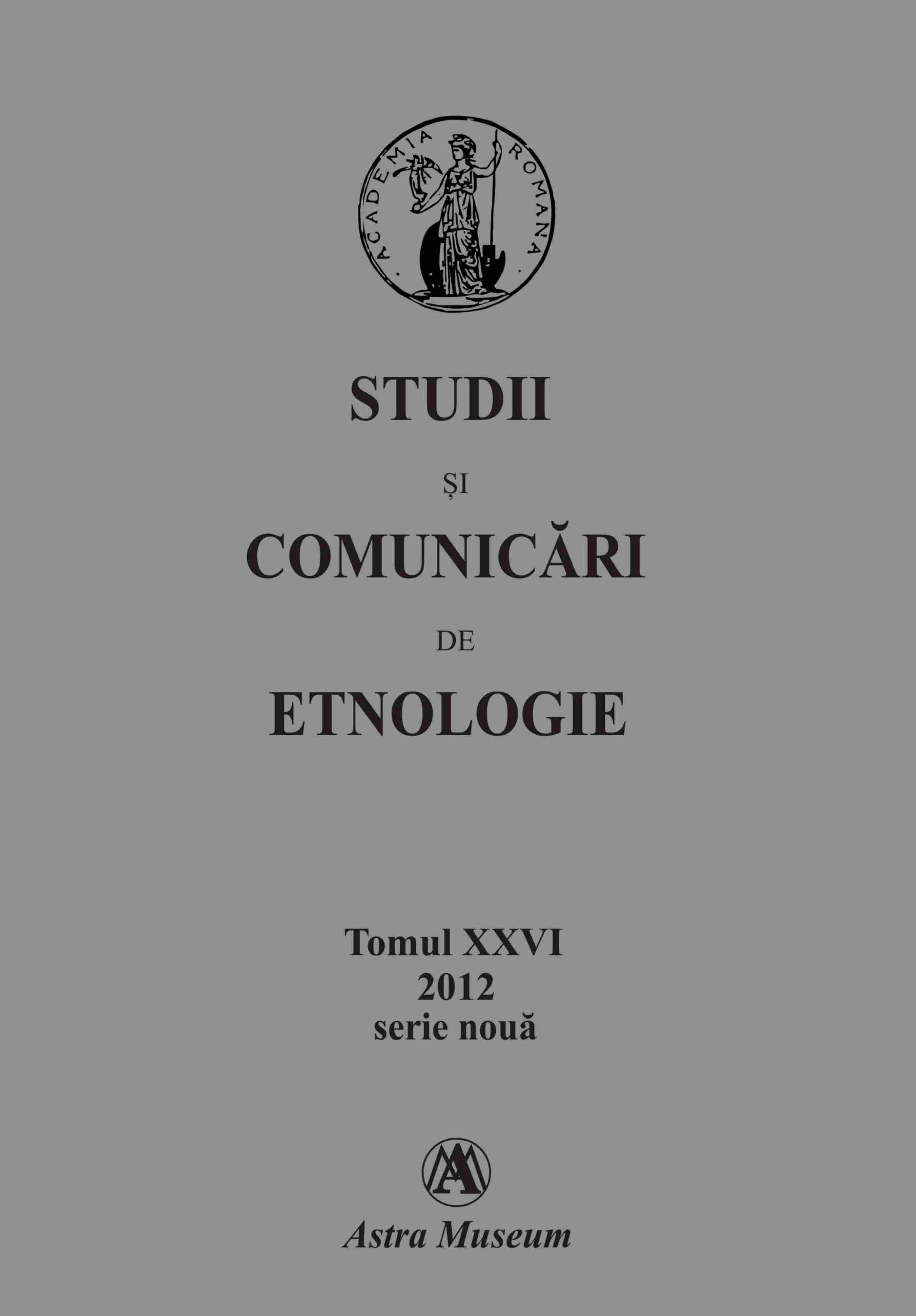
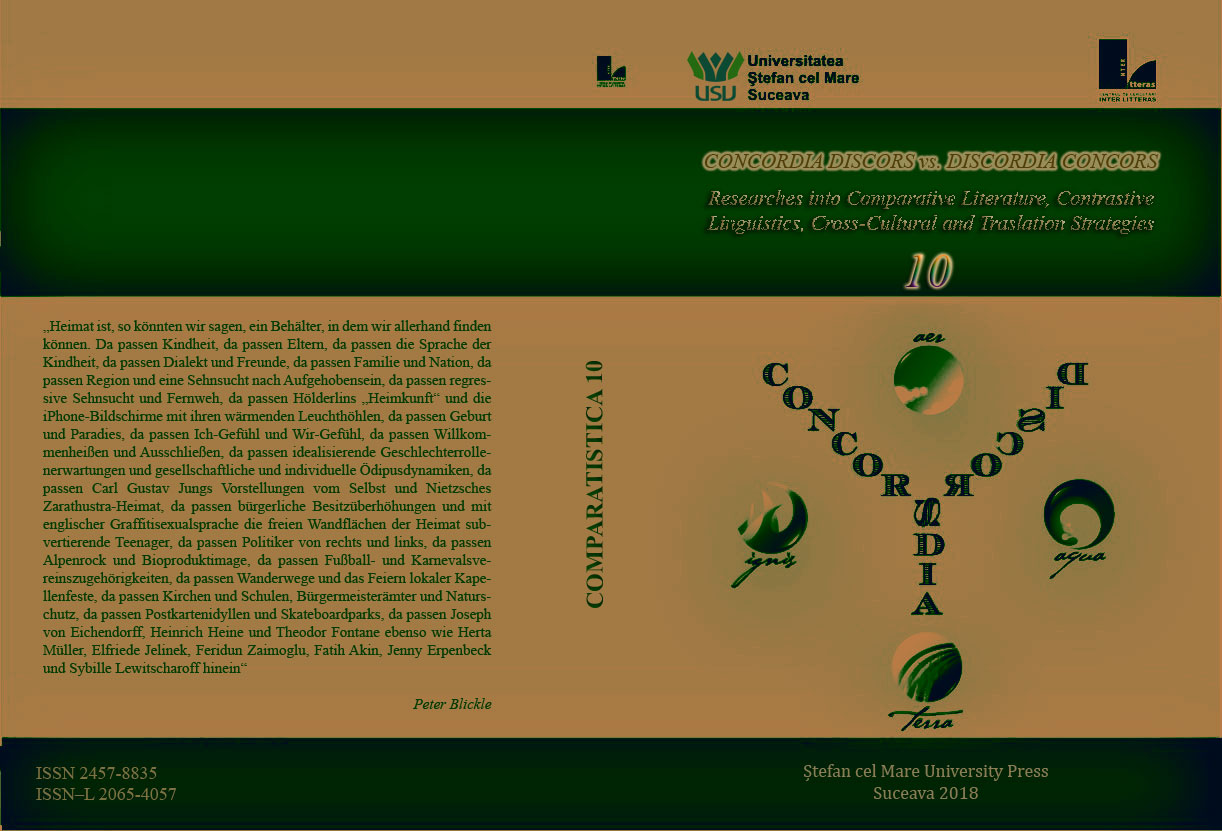
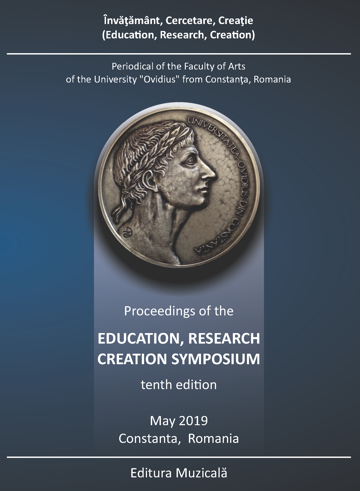
Keywords: art chorégraphique; ballet; Constantza; Oleg Danovski; théâtre;
À Constantza, l'idée d'art chorégraphique est liée au nom d'Oleg Danovski (1917-1996). Ballerin et célèbre chorégraphe de l'Opéra National de Bucarest, le rêve d'Oleg Danovski était de créer un théâtre de ballet indépendant qui ne serait plus subordonné à l'Opéra. À Constantza, son rêve a commencé à devenir réalité en 1978 lorsque, avec le soutien du directeur du théâtre „Fantasio“, Aurel Manolache, a été créé l'Ensemble de Ballet Contemporain et Classique „Fantasio“, qui est rapidement devenu célèbre. En 1990, il est devenu le premier théâtre de ballet roumain. Trois ans plus tard, en 1993, à Constantza se tenait la première édition du Concours de Ballet National, qui a eu lieu jusqu'en 1998. En 2004, à la suite des changements majeurs qui ont affecté les institutions culturelles de Constantza, le Théâtre National de Opéra et Ballet „Oleg Danovksi” a été créé et ainsi le rêve du maître Danovski a été brisé par la fusion des trois institutions de spectacle différentes, l'opéra, le ballet et l'orchestre symphonique.
More...